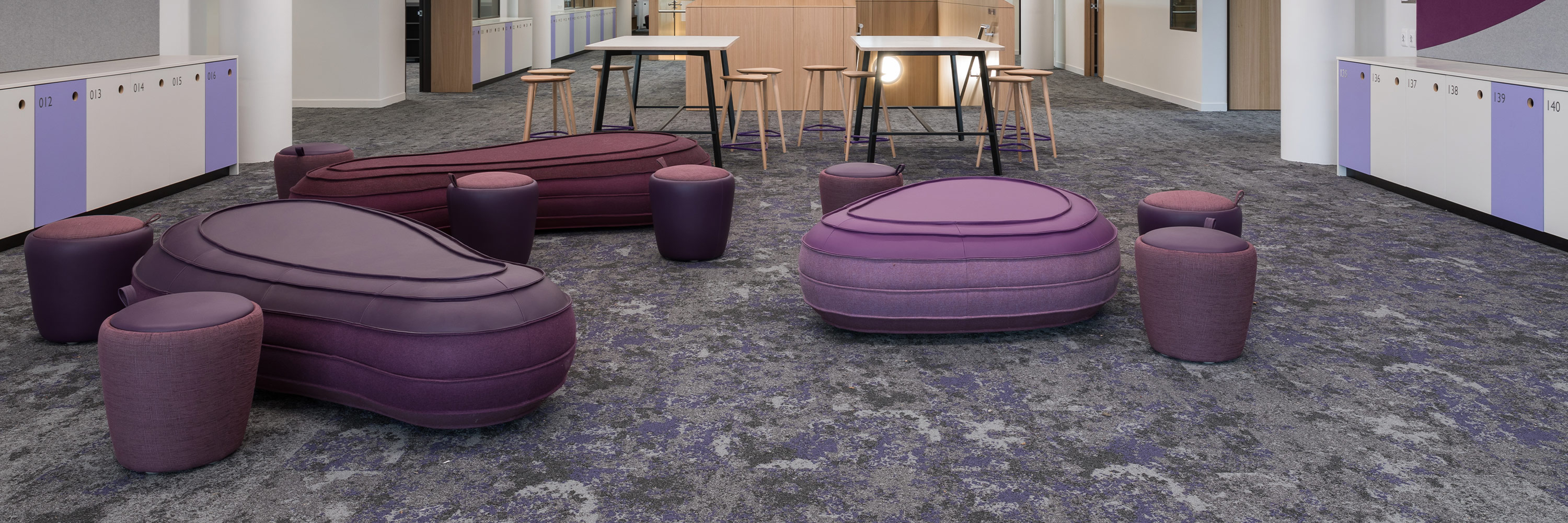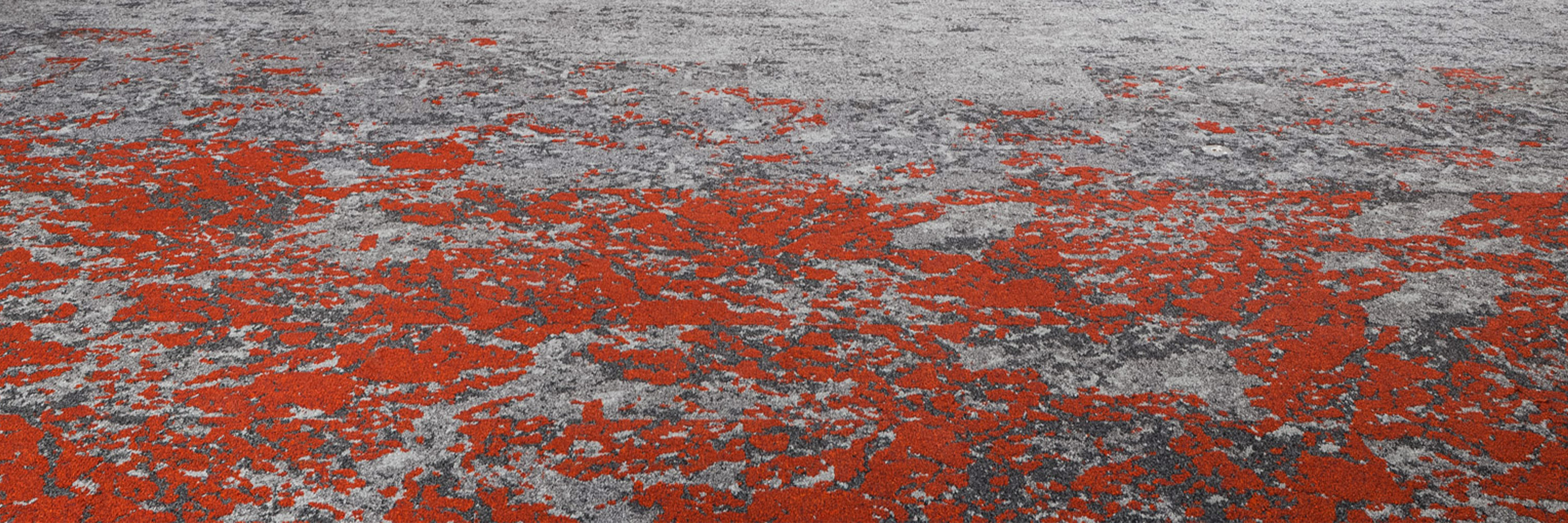-
Australia
Copyright © 2025 Powered by BCI Media Group Pty Ltd
Confirm Submission
Are you sure want to adding all Products to your Library?
Contact Detail

Understanding the effects of floor colour on the productivity, health and wellbeing of individuals when designing commercial spaces and education settings is vital.
Light Reflection Values
The way in which colours of particular surfaces, such as carpet, absorb and reflect light can be tested and assigned a Light Reflection Value (LRV). This value is expressed as a percentage of light that is reflected from a surface. Lower light reflectance causes the pupils dilate whereas, higher light reflectance causes the pupils’ contract.
LRV is a key consideration when selecting colours within a space as the internationally accepted normal is maintaining a 3:1 ratio of LRV between the walls, floor and furniture. Therefore, when selecting the colour of flooring for a space the overall colours selected and their LRVs within the space must also be considered. This ensures for the control of extreme contrasts in dark and light within a space.


Psychological Effects of Colour
A range of studies have uncovered overtime the impacts different colours have on our subconscious. These studies can be harnessed to utilise the implementation of colour to therefore assist in influencing the subconscious of users.
Although colour cannot dictate behaviour, it can be influential to mood due to the way in which viewing different colours triggers differing hypothalamus activity in the brain. Each colour focusses on either the sympathetic or parasympathetic nervous systems that evoke specific physiological responses, that cause a psychological reaction.
The impression of a colour, the message it conveys are of utmost importance in creating the psychological mood or ambiance that supports the function of a space.

Colour Application in Education Interiors
The use of colour when designing an education setting can be a powerful tool to improve student attention and creating more conducive study environments. Frank Mahnke, President of the International Association of Colour Consultants & Designers, delves further into the colour schemes best applicated to each type of education setting and provides guidelines for implementing colour into education environments.
Frank Mahnke suggests that warm bright colours are best presented in early learning spaces where the extroverted nature of young children is embraced through colour. Frank then goes on to explain that as children get older cooler colours are preferred to enhance concentration as students begin to sit exams in the later years of their education and into tertiary settings.
Flooring often has the largest footprint within an interior space so what better way to inject colour into your education project than through the floorcoverings. From bright hues to neutral colours, our range of carpet tiles and commercial broadloom offer a myriad of colour options to suit everting from early learning to tertiary.



